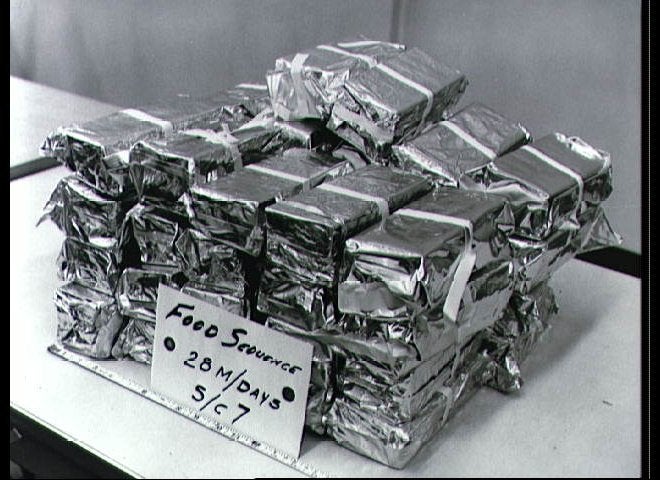
If the Voyager 1 spacecraft were a pop star, it'd likely be Elvis. After all, the "King of Rock" and the pioneering NASA space probe both left Earth at about the same time, in the fall of 1977.
Now, 35 years after Voyager 1's launch, the craft is -- or may soon be -- the first man-made object to ever leave our solar system.
For several years, the craft has been crossing a boundary known as the heliosphere, which NASA describes as "the immense magnetic bubble containing our solar system, solar wind, and the entire solar magnetic field."
Has Voyager 1 left the heliosphere yet? "Drastic changes in radiation levels," which were recorded in a March 20 report, suggest the craft may have actually left the heliosphere behind on Aug. 25, 2012.
These changes include a sudden drop in anomalous cosmic rays (put simply, rays that have interacted with the sun) and a sudden spike in galactic cosmic rays (radiation that has origins outside our solar system).
But experts are debating what constitutes a clear departure from the solar system. Astronomers caution it may be premature to say Voyager has "left," despite the more than 11 billion miles between the craft and the sun, and not to mention the craft reporting data consistent with a drop-off in those anomalous cosmic rays.
Still, a statement released Wednesday by NASA notes: "Voyager 1 has not yet left the solar system or reached interstellar space."
So, where exactly is the craft?
"In December 2012, the Voyager science team reported that Voyager 1 is within a new region called 'the magnetic highway' where energetic particles changed dramatically," Edward Stone, a Voyager project scientist, said in the statement. "A change in the direction of the magnetic field is the last critical indicator of reaching interstellar space and that change of direction has not yet been observed.”
Whether Voyager 1 is still within the boundaries of the solar system or not, the probe has entered fascinating new territory.
After all, "we're in a new region," Bill Webber, professor emeritus of astronomy at New Mexico State University in Las Cruces, said in a written statement. "And everything we're measuring is different and exciting."
Once Voyager 1 officially leaves the solar system and enters interstellar space, it may finally be fair to say -- in celestial terms -- that Elvis has left the building.
PHOTO showing an artist's depiction of the twin Voyager crafts' journey away from the sun and toward the edge of the solar system:

